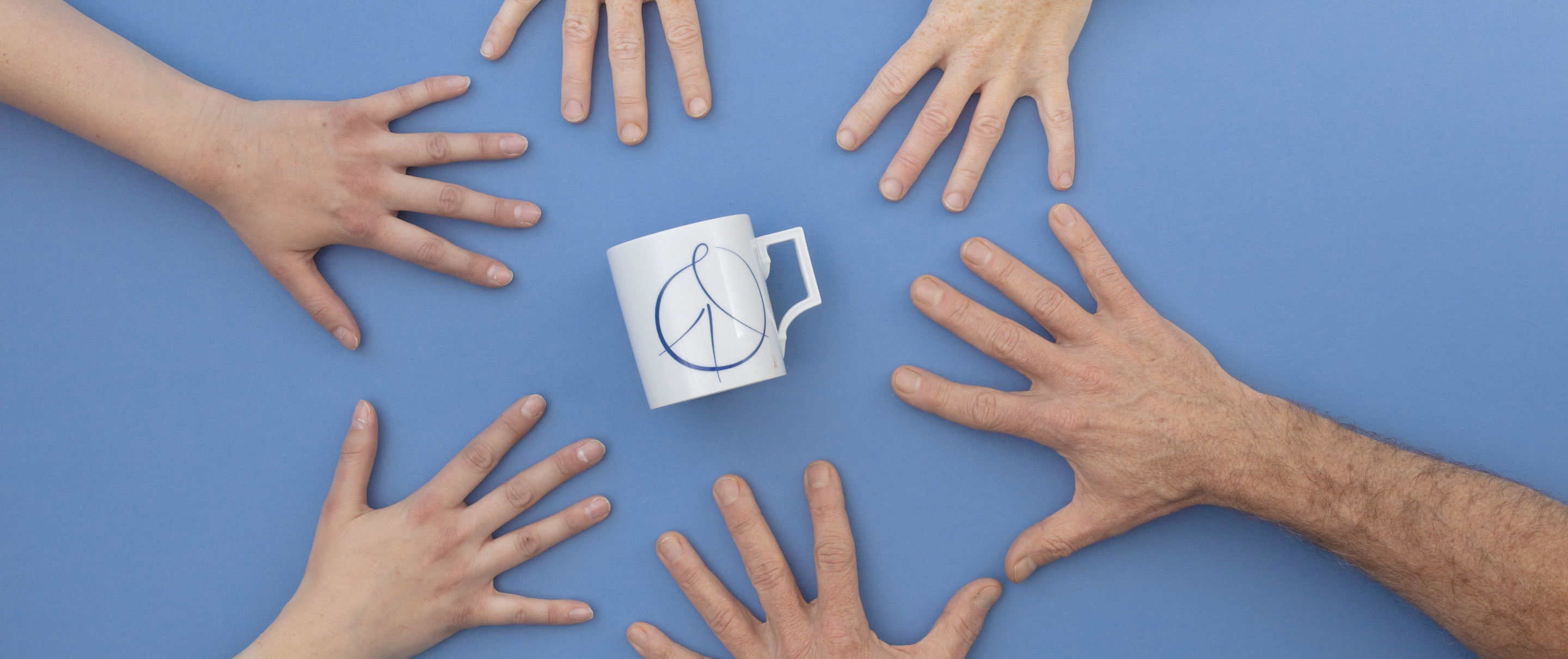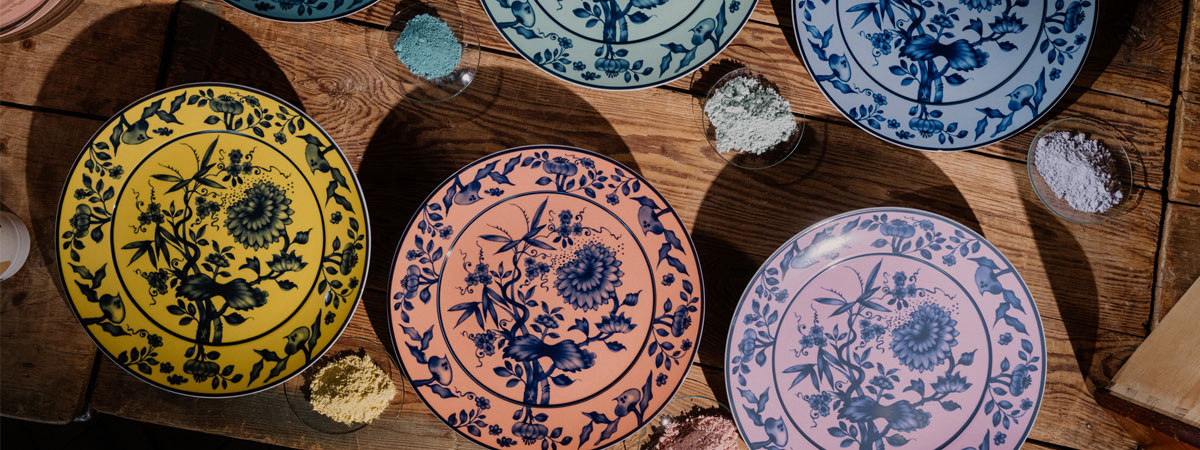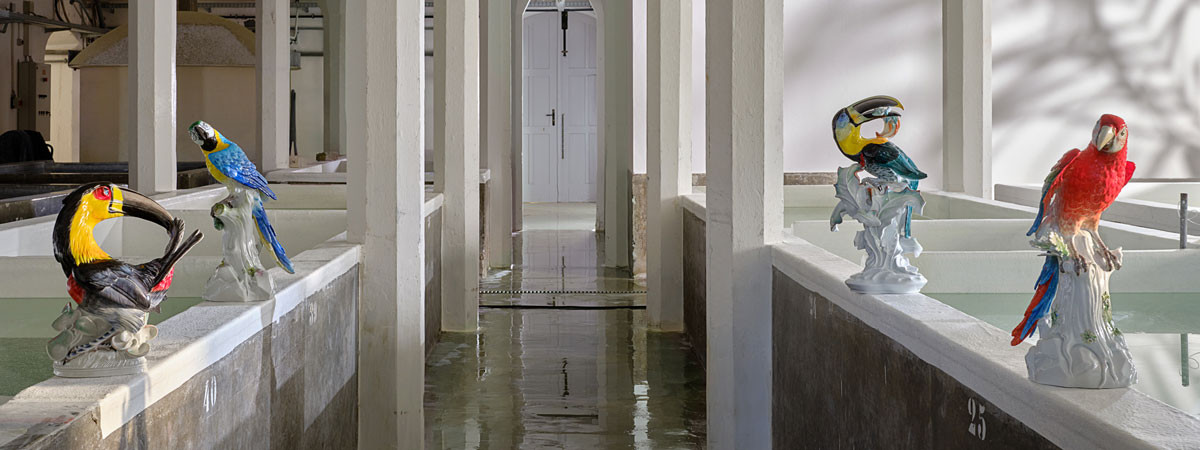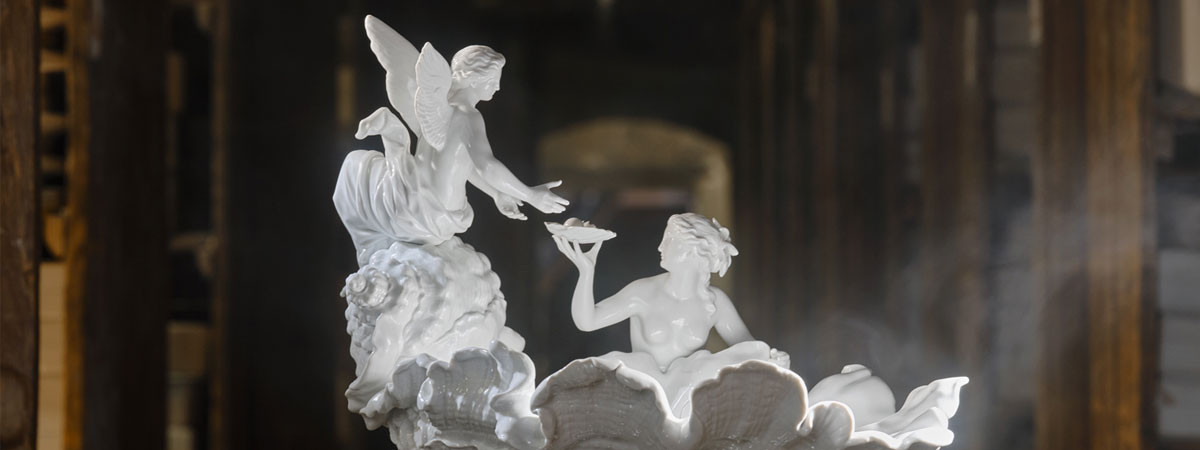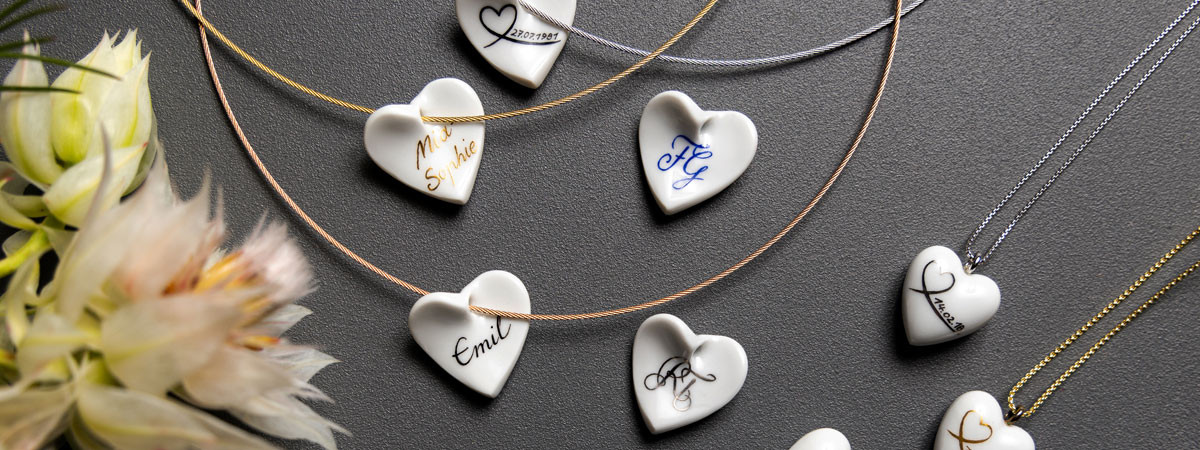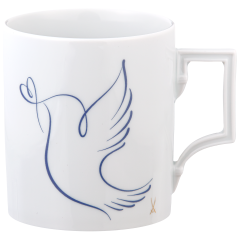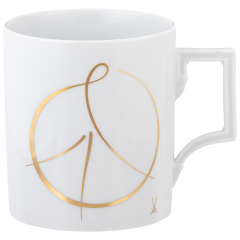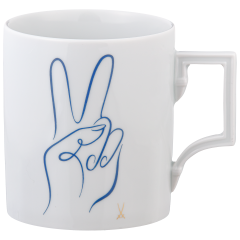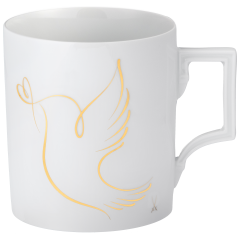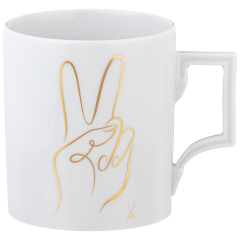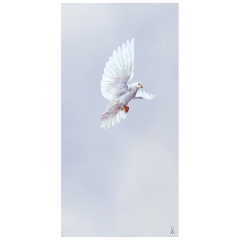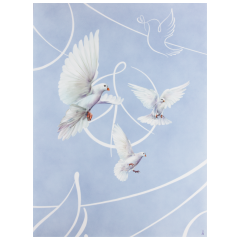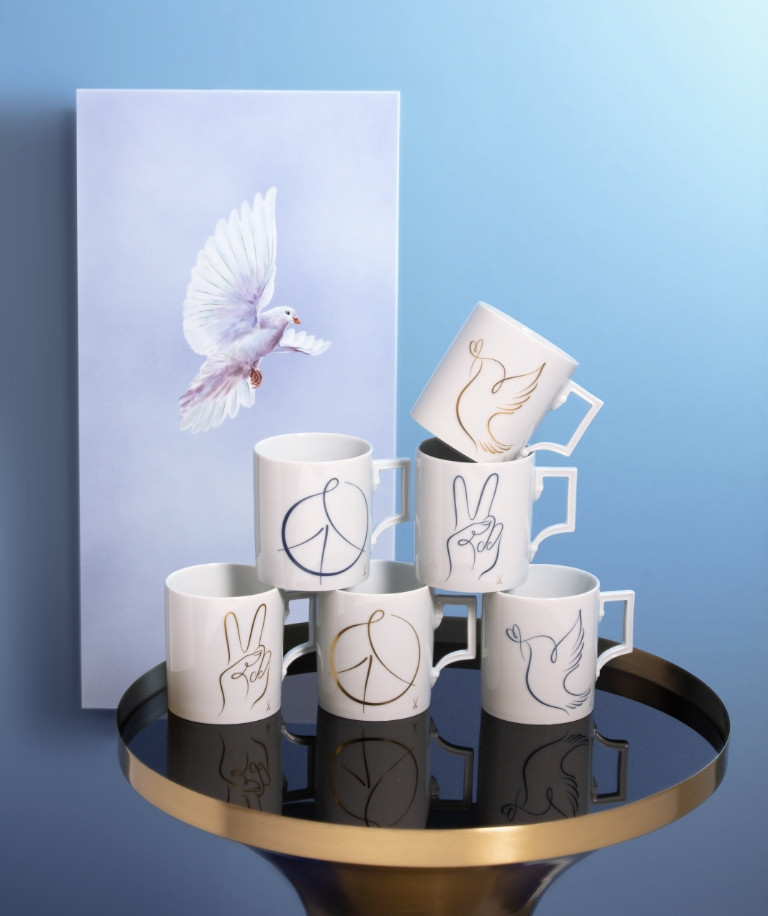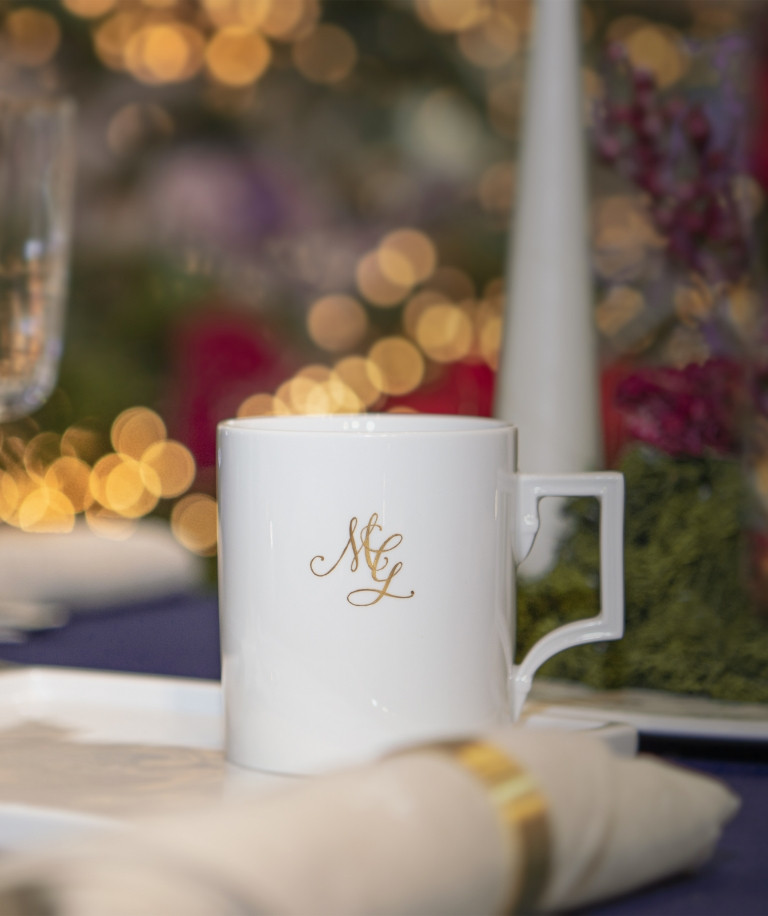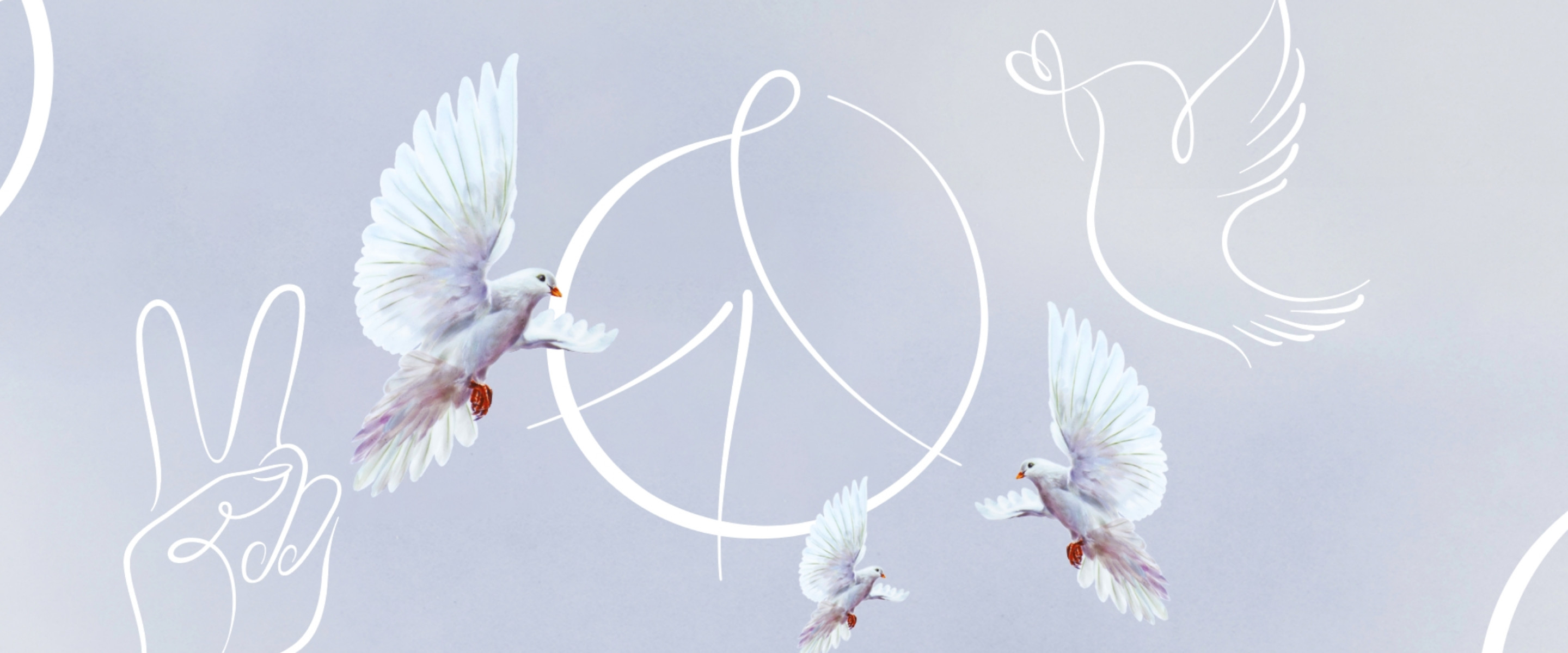
Worldwide symbolic power for peace
-
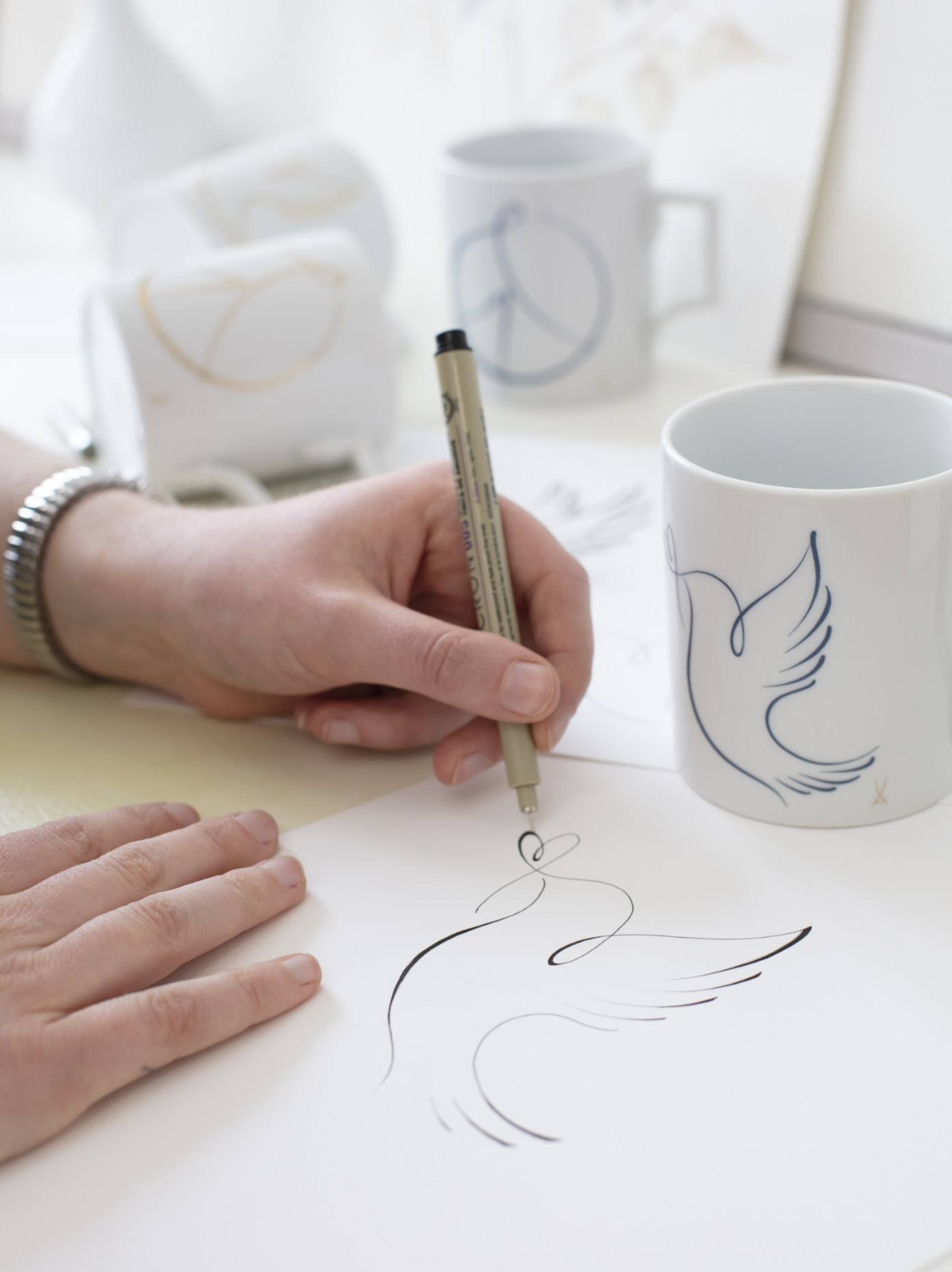 Peace, fred, mir, paix, la pace, perdamaian are different words that stand for the same meaning, namely the longing for a wholesome state of peace and contentment. A longing that has united humanity for many centuries and for which it has always created new symbols to express this longing. These symbols are diverse and are interpreted differently in different countries, but probably the best known are the peace dove, the peace sign and the peace hand.
Peace, fred, mir, paix, la pace, perdamaian are different words that stand for the same meaning, namely the longing for a wholesome state of peace and contentment. A longing that has united humanity for many centuries and for which it has always created new symbols to express this longing. These symbols are diverse and are interpreted differently in different countries, but probably the best known are the peace dove, the peace sign and the peace hand.
Probably the oldest symbol is the peace dove. Its history goes back to the Old Testament. When Noah survived the flood in his ark after 40 days of rain, he let a dove fly. After a while, it returned to the ark with an empty beak. A few days later he let another dove fly, it returned with an olive branch and a third dove did not come back at all. Since then, the second dove with the olive branch in its beak has been the symbol of peace and hope. For it showed Noah that the flood had been overcome, God's anger against mankind had subsided and he had made peace with them.
The circular peace sign was developed in 1958 by the English artist Gerald Holtom as an emblem for a British protest march against nuclear weapons. The sign contains two letters of the angular alphabet formerly used in seafaring: The letter N for "Nuclear" and D for "Disarmement", thus calling for "nuclear disarmament". These two letters are held by a circle symbolising the world. Hundreds of people went to the streets with this symbol on posters and flags to stand up for peace. The meaning of this symbol developed over time into a fundamental anti-war sign. Since Holtom did not register his invention, the wildest theories about the origin of the symbol arose over the years. Today, more than ever, it is gaining strength and is used as a peace symbol all over the world.
"Whether it's the peace dove, peace sign or peace hand: it's the story behind the symbols that gives expression to their meaning and unites us all."
-
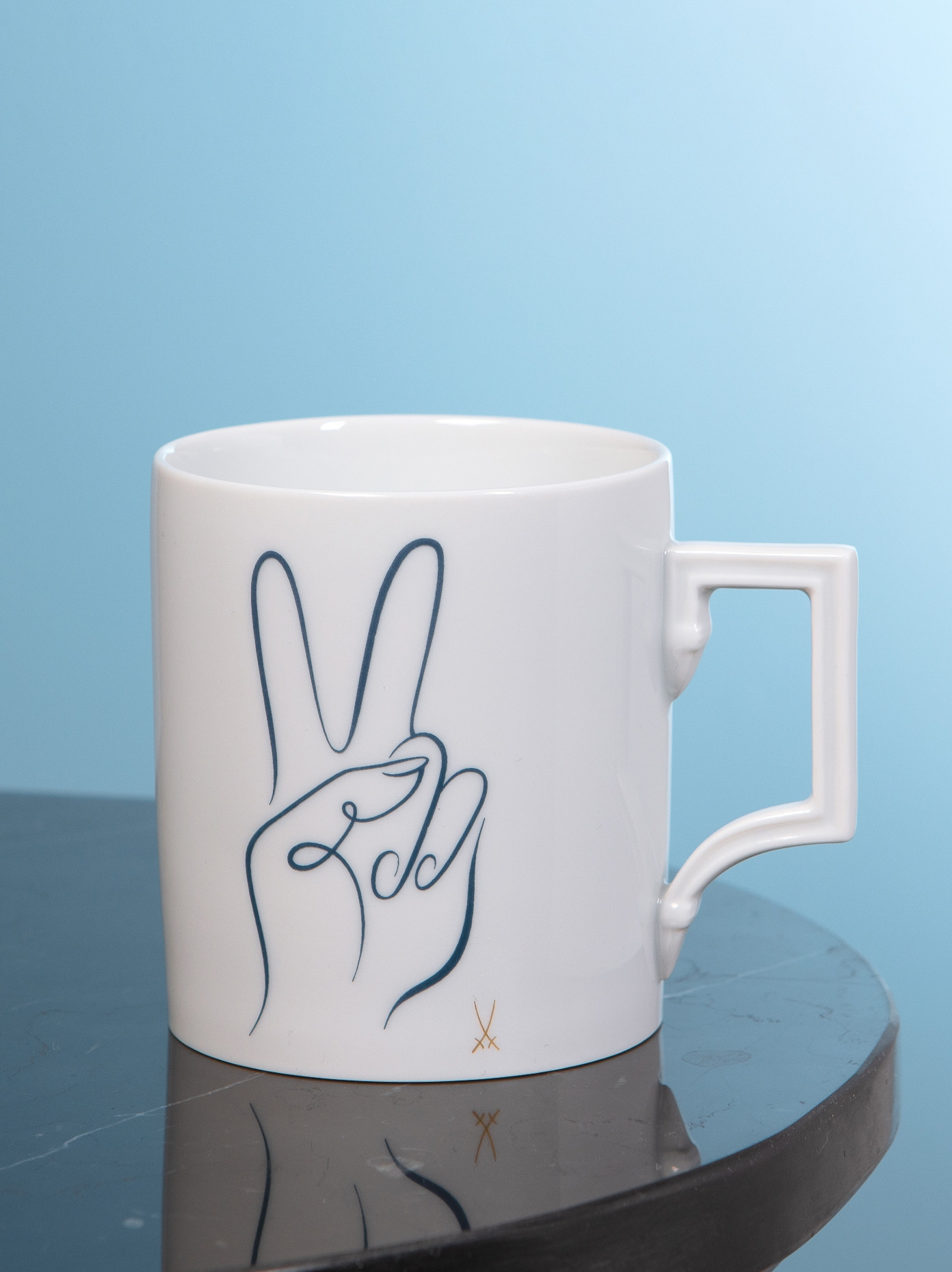 Nowadays, the peace hand is also a sign for peace. The meaning has changed over the years and has already been used for various gestures. Originally, it was a sign used by the then British Prime Minister Winston Churchill in 1941 to unite the Allies in battle. The two fingers symbolised the letter V as in "Victory". Some time later, in the 1960s, the hippie culture had appropriated the symbol and transformed it into a greeting sign for peaceful coexistence and an expression of hope. With their peace movement against the Vietnam War, they carried both the circular peace sign and the peace hand around the world. Even today, the peace hand is a popular symbol, especially in Asian countries, which stands for peace and happiness.
Nowadays, the peace hand is also a sign for peace. The meaning has changed over the years and has already been used for various gestures. Originally, it was a sign used by the then British Prime Minister Winston Churchill in 1941 to unite the Allies in battle. The two fingers symbolised the letter V as in "Victory". Some time later, in the 1960s, the hippie culture had appropriated the symbol and transformed it into a greeting sign for peaceful coexistence and an expression of hope. With their peace movement against the Vietnam War, they carried both the circular peace sign and the peace hand around the world. Even today, the peace hand is a popular symbol, especially in Asian countries, which stands for peace and happiness.
To send a message of solidarity and peace and to make a small contribution to supporting the people in Ukraine, our talented drawing students have reinterpreted the peace symbols and immortalised them on our iconic mug. Three different peace designs in blue or gold now adorn our popular mugs. They are a sign that we as MEISSEN stand together with you for peace and carry around the world a symbol of hope that unites us all. Our extraordinary wall-painting "Peace Dove" has also been reinterpreted and is part of our fundraising campaign.
With a donation of 20% of the proceeds from the sale of these mugs and our hand-painted wall-painting to the "Emergency Aid Ukraine" of the "German Red Cross", we would like to alleviate some of the suffering experienced by the people in Ukraine.
